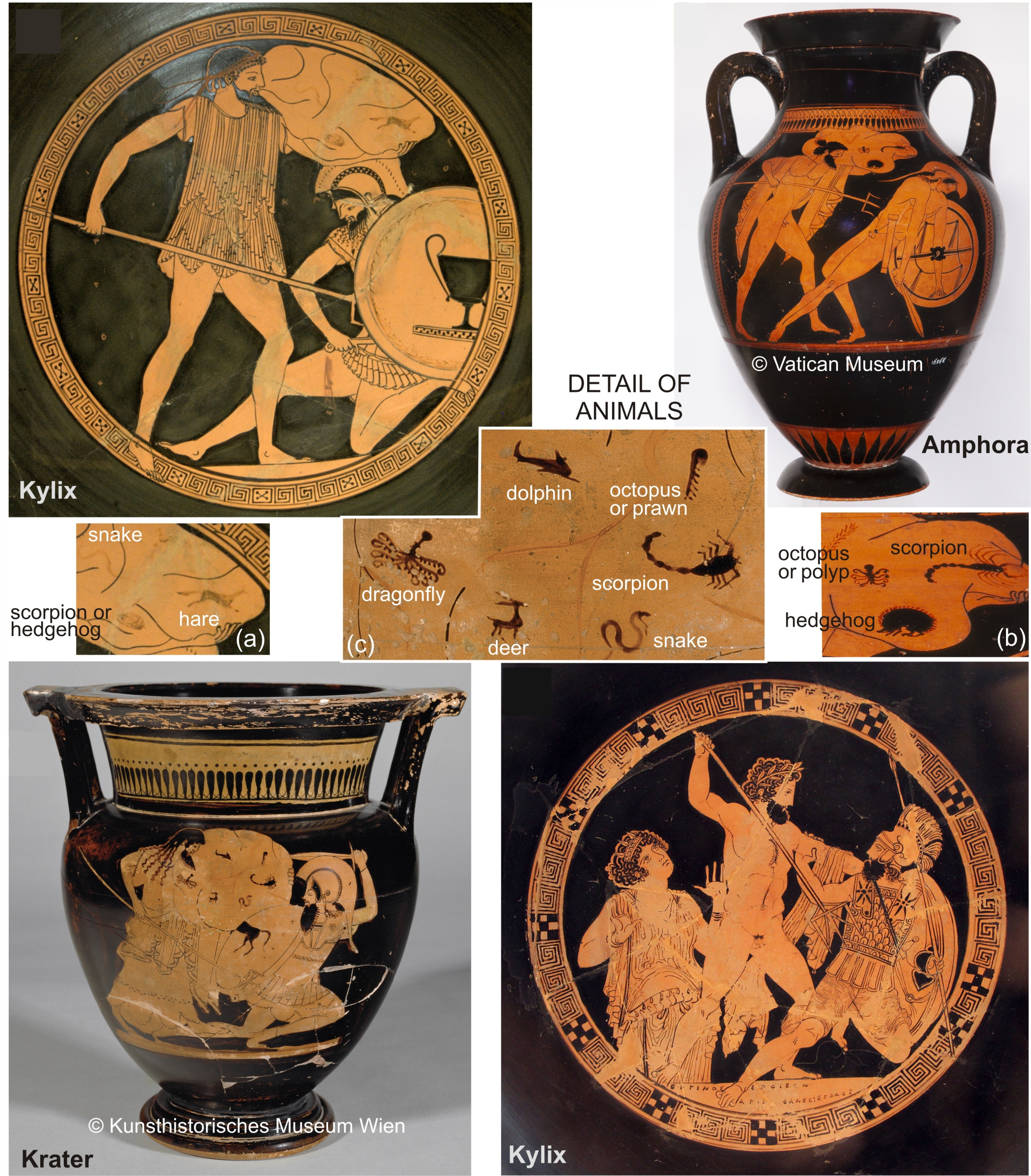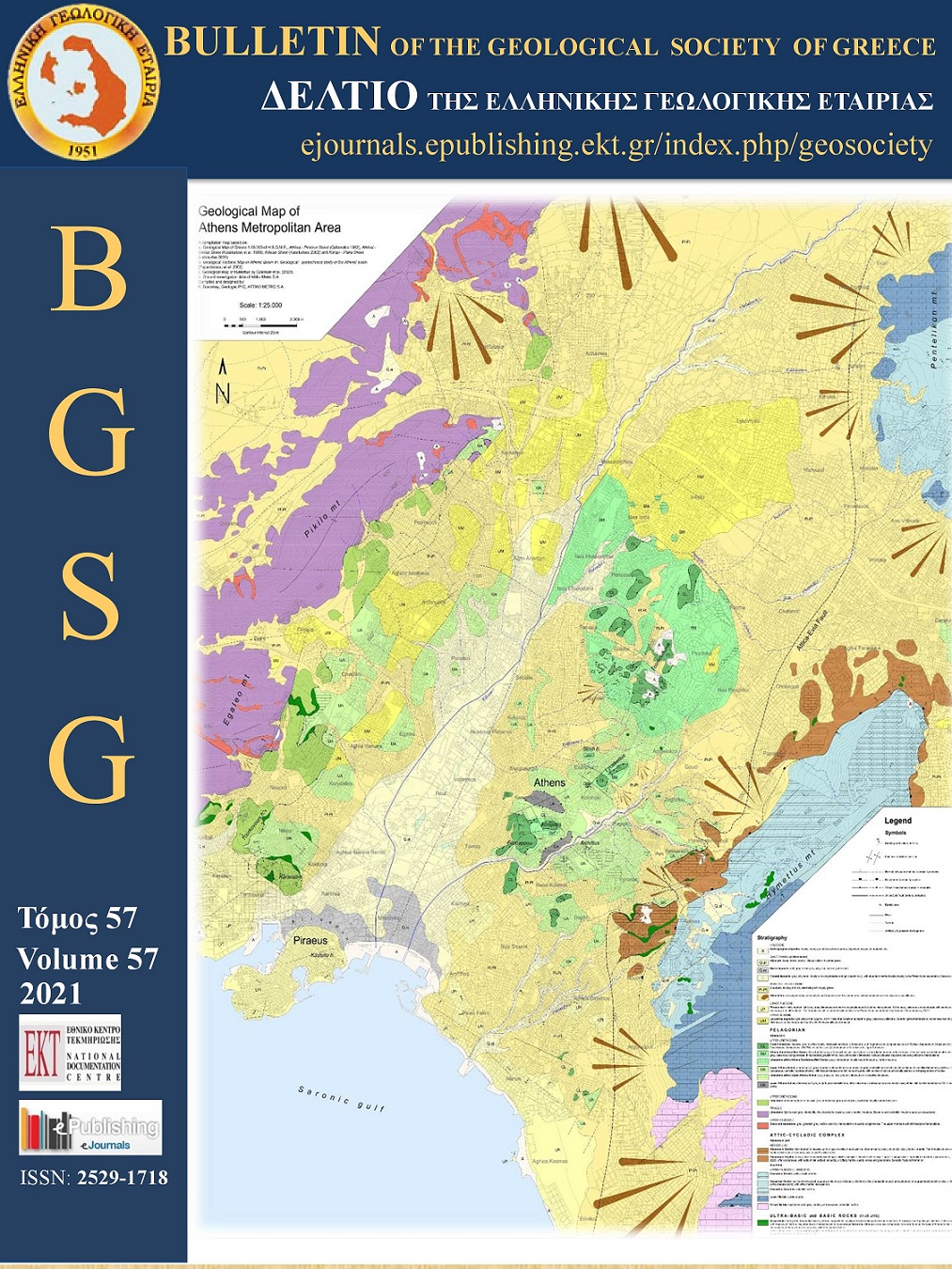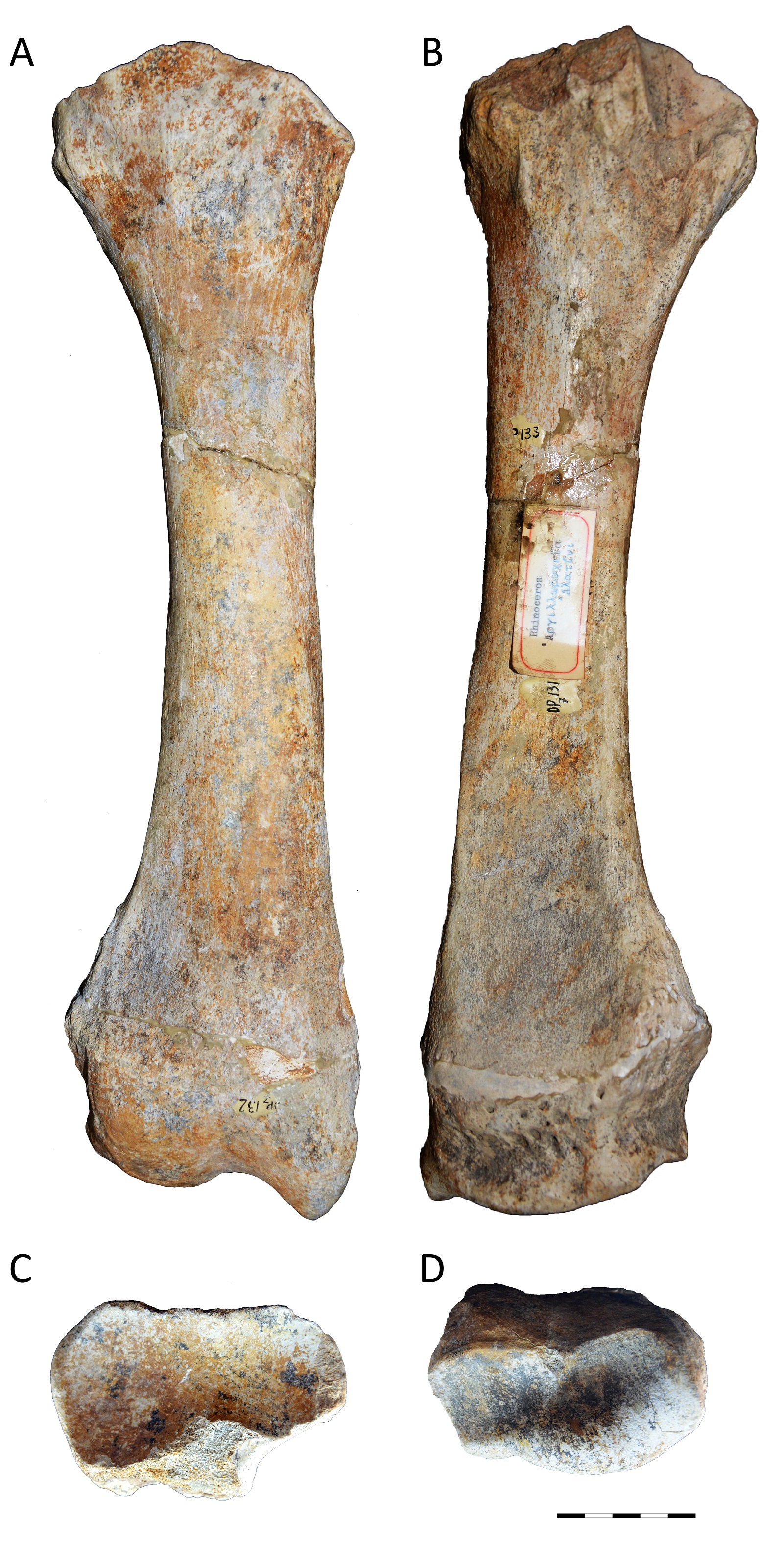Principles of Fortification Project Design: Considering the Effect of Ground Conditions

Abstract
The advancement of military technology and the destructive power of modern weaponry have necessitated the development of strong fortifications. A fundamental design principle is the careful selection of the site, as geological and geotechnical factors significantly influence the propagation of shock waves and ground vibrations following an explosion. Additionally, the structure's design relies on various factors, including the desired level of security, the types of weapons involved, the topography of the area, and strategic as well as economic-technical considerations. This study aims to explore and enhance the geotechnical parameters and design principles in military fortification projects. When examining the history of fortifications in Greece, the Metaxa Fortification Line along the Greek-Bulgarian border stands out as the largest defensive structure ever constructed in the country. This monumental engineering project, was completed in just four years and was remarkably cost-effective for its time. It comprises 21 fortified complexes featuring numerous surface constructions and thousands of meters of underground corridors and shelters. The overall project integrated various elements, including road construction, tunneling, surface buildings, water supply, drainage, ventilation, lighting systems, and ditches. A crucial aspect of the design was the full utilization of the mountainous terrain and existing obstacles to maximize coverage and protection for the structures. Some of these forts remain intact today, serving as enduring evidence of the scale and significance of this fortification project. This paper presents a brief overview of this fortification achievement to highlight its innovations, which were pioneering for its time, employing techniques that have been adopted in modern fortification projects
Article Details
- How to Cite
-
Zachari, A., & Loupasakis, C. (2025). Principles of Fortification Project Design: Considering the Effect of Ground Conditions. Bulletin of the Geological Society of Greece, 62(1), 29–48. https://doi.org/10.12681/bgsg.40910
- Section
- Engineering Works and Geological Applications

This work is licensed under a Creative Commons Attribution-NonCommercial 4.0 International License.
Authors who publish with this journal agree to the following terms:
Authors retain copyright and grant the journal right of first publication with the work simultaneously licensed under a Creative Commons Attribution Non-Commercial License that allows others to share the work with an acknowledgement of the work's authorship and initial publication in this journal.
Authors are able to enter into separate, additional contractual arrangements for the non-exclusive distribution of the journal's published version of the work (e.g. post it to an institutional repository or publish it in a book), with an acknowledgement of its initial publication in this journal. Authors are permitted and encouraged to post their work online (preferably in institutional repositories or on their website) prior to and during the submission process, as it can lead to productive exchanges, as well as earlier and greater citation of published work.





